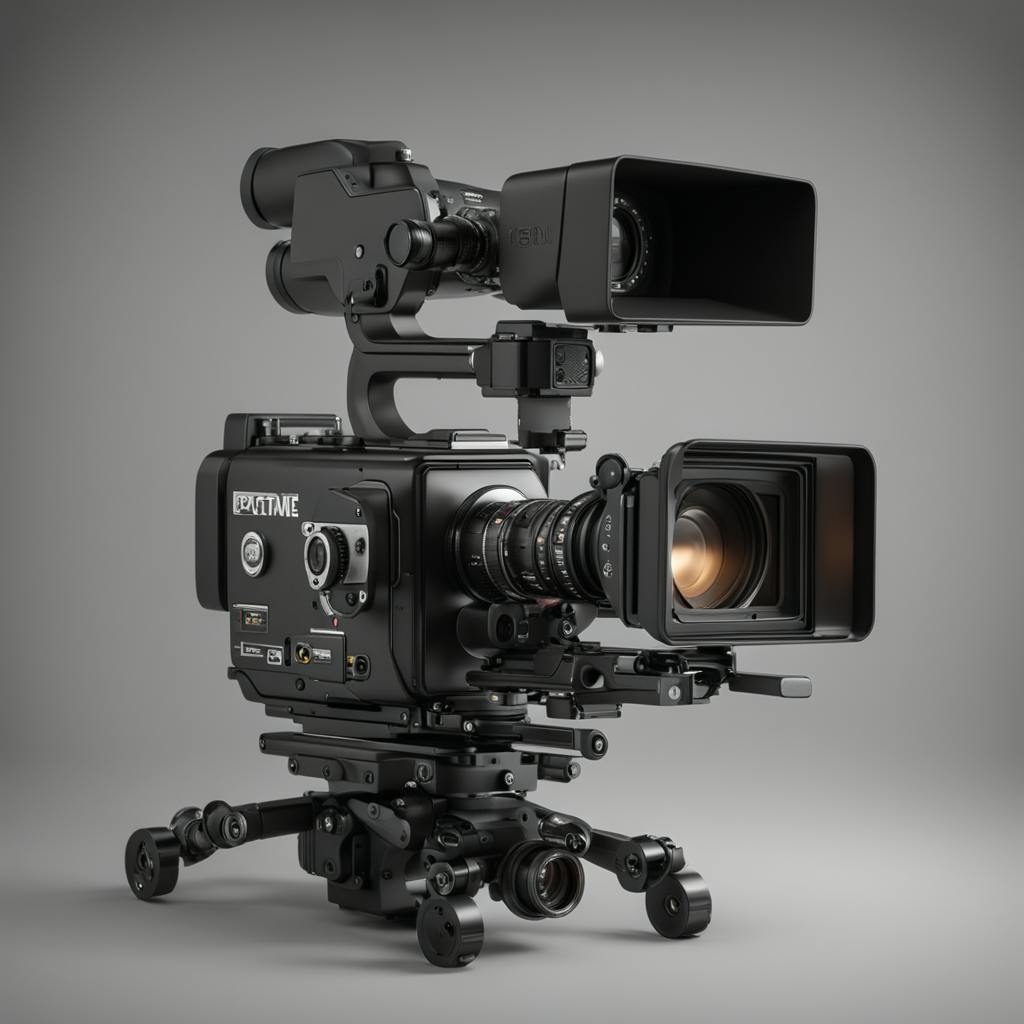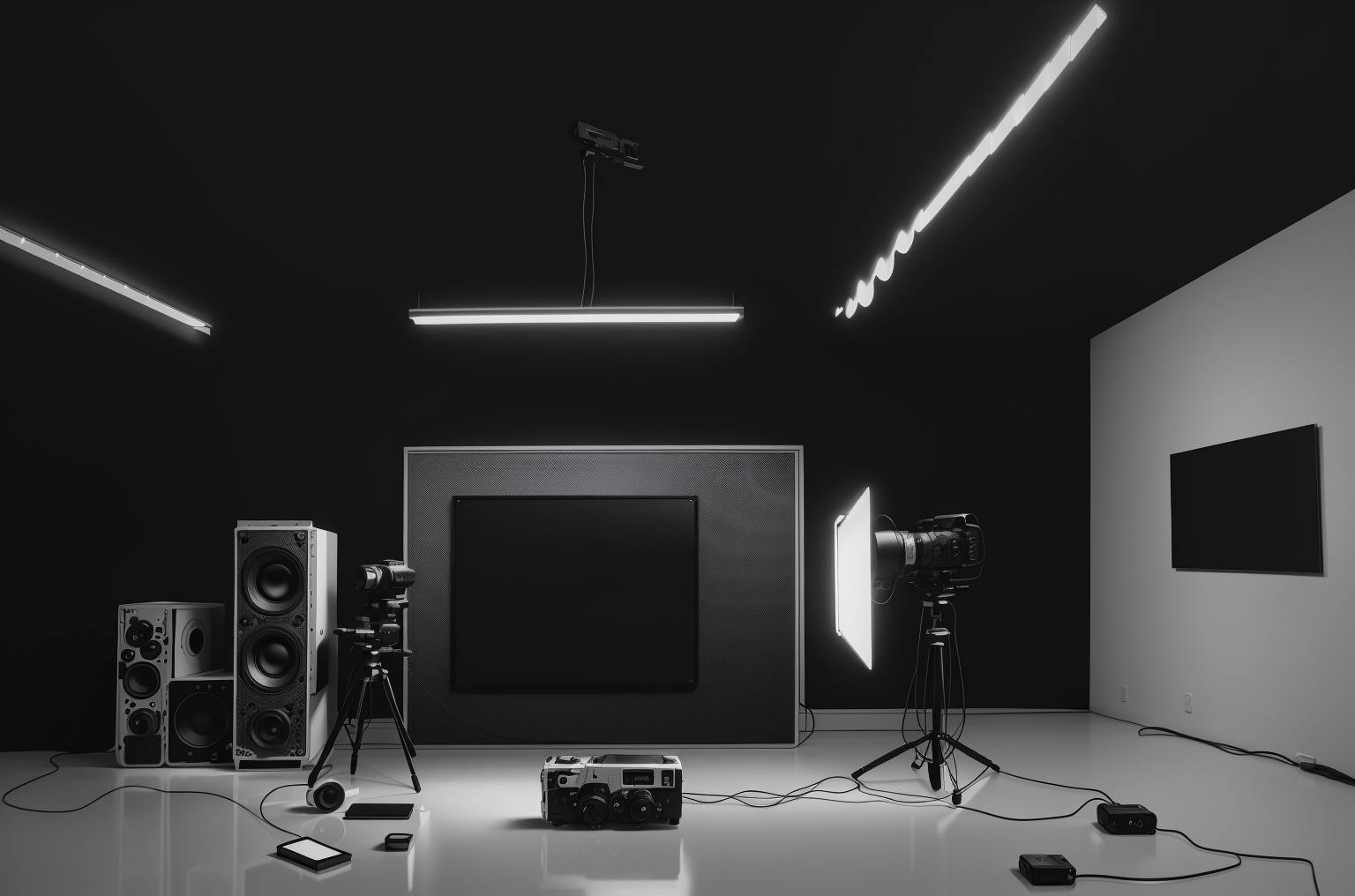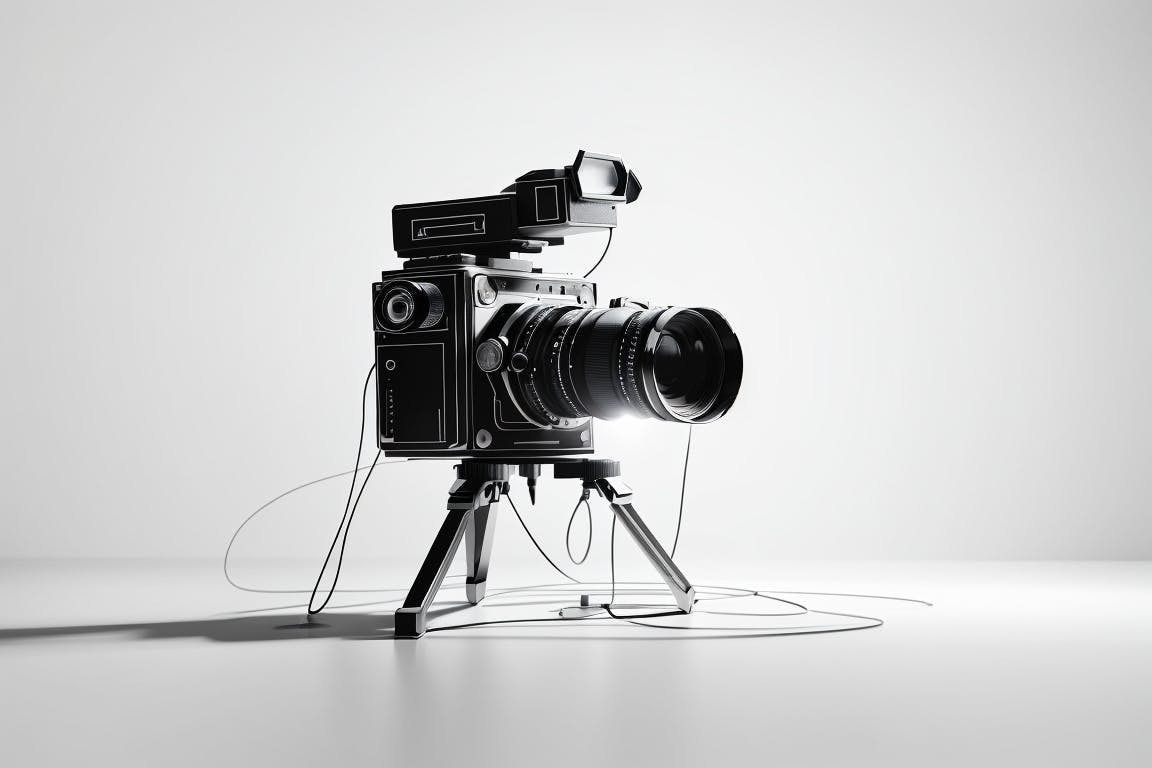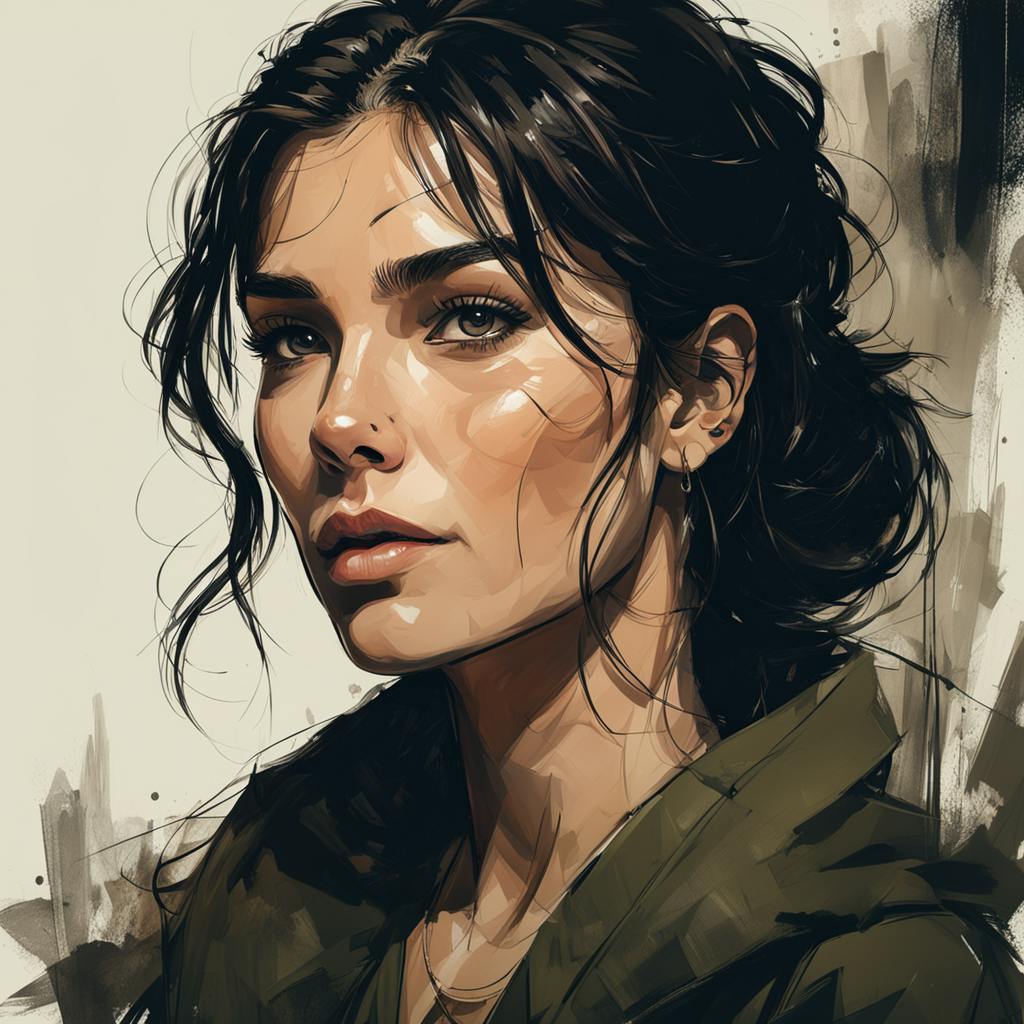As the theater lights dim to darkness, a small spacecraft navigates a starry sky. Suddenly, the vastness of space is dwarfed by the appearance of a colossal Star Destroyer, its shadow stretching infinitely, engulfing both the screen and the audience. This unforgettable scene from "Star Wars" (1977) redefined the art of cinematography, demonstrating its power to transform storytelling. Yet, as we journey further into the digital age, what is cinematography today? What does it truly entail, and how does the pursuit of the perfect shot evolve amidst rapidly advancing technology and changing viewing habits?
Understanding Cinematography: A Blend of Art and Technology
To delve into the heart of cinematography is to explore a realm that transcends mere image capturing. Cinematography is the visual language of cinema, a powerful medium through which stories are not only conveyed but vividly experienced. It is a dynamic synthesis of art and technology, where each frame becomes a canvas, and every shot a brushstroke in the narrative tapestry. Renowned cinematographer Roger Deakins exemplifies this with his work in "Blade Runner 2049," where his expert manipulation of light and color crafts a hauntingly beautiful dystopian world. Such artistry showcases that cinematography is not just about technical skill; it is about forging an emotional connection with the audience, creating a visual symphony that speaks to the human soul. Such mastery underscores the role of cinematography as not just technical prowess but as a conduit for emotional connection and storytelling.
The Ever-Changing Definition of the "Perfect Shot"
The notion of the "perfect shot" is in constant flux. In today's world, where streaming platforms and digital production tools reign supreme, filmmakers find themselves at the crossroads of boundless creativity and innovation. The digital revolution has fundamentally altered the landscape of filmmaking, offering unprecedented opportunities for visual storytelling. Yet, amid these advancements, a pivotal question arises: How does cinematography adapt to integrate traditional storytelling with cutting-edge technology?
In this digital era, the definition of a perfect shot has expanded exponentially. Influenced by technological advancements such as CGI, virtual reality, and AI-driven visual effects, filmmakers are challenged to harness these tools in ways that enhance rather than overshadow the narrative. These innovations have transformed the way stories are crafted and consumed, inviting filmmakers to push the boundaries of imagination and redefine what is possible within the cinematic frame.
Modern Cinematography: Crafting the Perfect Shot
In an age where entire worlds can be conjured within the confines of a studio, the role of the cinematographer has evolved to become both a creator and a curator of visual experiences. Modern cinematography is a delicate balance between embracing technological advancements and upholding the integrity of storytelling. While technology offers new avenues for visual expression, it is the thoughtful application of these tools in service to the narrative that defines the essence of contemporary cinematic art. Consider the following elements integral to modern cinematography:

AI made with Christophe Vacher
1. Visual Psychology and Perfect Shot Meaning
Modern cinematography demands a deep understanding of the psychological impact of images. It is the interplay of light, color, and composition that evokes emotion and guides the viewer's experience. The perfect shot requires:
- A profound understanding of human perception, guiding the viewer's gaze and evoking specific emotional responses.
- Mastery of visual storytelling techniques, where every frame serves a narrative purpose.
- Recognition of cultural context, ensuring that imagery resonates with diverse audiences.
- A harmonious balance of technical and artistic elements, creating a seamless visual experience.
2. Technical Innovation in Cinematography
The evolution of cinematographic techniques is a testament to the field's dynamic nature. Today's cinematographers are expected to be adept at:
- Integrating virtual production techniques that blend real-world and digital elements.
- Utilizing real-time visualization tools to experiment and refine visual concepts on the fly.
- Maintaining traditional lighting expertise to create mood and atmosphere.
- Incorporating environmental consciousness in their work, reflecting a growing awareness of sustainability in film production.
The Future of Cinematography: Redefining the Perfect Shot
Looking ahead, the future of cinematography holds exciting possibilities and challenges. As new technologies emerge, they will undoubtedly redefine what is possible in filmmaking. However, the essence of cinematography will continue to be its ability to capture the human experience in all its complexity.
1. Hybrid Approaches
The future of cinematography will likely embrace a hybrid approach that marries virtual and physical techniques. This innovative blend will craft shots that are both groundbreaking and anchored in reality. This hybrid approach involves:
- Employing LED volume technology to create immersive environments.
- Utilizing traditional lighting methods to retain the warmth and authenticity of analog film.
- Leveraging real-time rendering to explore creative possibilities without delays.
- Incorporating practical effects to ground digital creations in tangible reality.

Artwork generated with prompt workflow by Dré Labre
2. Emerging Technologies
As AI and virtual production become more prevalent, the role of the cinematographer is poised to transform. The perfect shot will increasingly depend on a blend of traditional and new skills, such as:
- Mastery of real-time visualization to refine shots on the go.
- Expertise in virtual environments to create immersive worlds.
- A strong foundation in traditional cinematography to maintain narrative integrity.
- Advanced technical knowledge to navigate the complexities of emerging technologies.
What Is the Purpose of Cinematography?
Cinematography is the art of using a camera to tell a story visually. It includes choices like camera angles, lighting, movement, and framing. These choices are not random—they help bring a story to life in a way that words alone cannot.
1. Telling the Story Visually
Cinematography is a powerful tool for conveying a story without relying heavily on dialogue. It shows us what’s happening through carefully composed visuals. For instance, a shaky camera can make us feel like we're in the midst of chaos, while a smooth, steady shot can evoke a sense of calm and control.
2. Setting the Mood
The visual elements of a scene—such as lighting and color—play a crucial role in setting the mood. Dark shadows can create suspense, while warm, inviting lighting can foster feelings of romance or nostalgia.
3. Focusing the Viewer’s Attention
Cinematographers utilize various techniques to ensure the audience's attention is drawn to important aspects of a scene. Through focus, framing, and movement, they guide the viewer's gaze to a specific character or object, enhancing the emotional impact of the narrative.
4. Showing Character Feelings
The way a character is filmed can reveal their inner emotions and psychological state. A close-up shot might capture subtle expressions, while a high-angle shot might depict vulnerability or weakness.
5. Creating the World
Cinematography is instrumental in constructing the world of a film, whether it's a fantastical realm or a familiar cityscape. The way these environments are filmed makes them feel authentic and immersive, drawing the audience deeper into the story.
6. Making It Visually Beautiful
Beyond storytelling, cinematography strives to create visually stunning compositions. Every shot is an opportunity to craft a piece of art that enhances the narrative and adds layers of meaning to the film.
The Human Element in Modern Cinematography
Despite technological advancements, the core of what cinematography means remains deeply human. The pursuit of the perfect shot is ultimately a quest to capture the intricacies of human experience. Achieving this requires:
- An understanding of visual psychology to evoke genuine emotional responses.
- Mastery of storytelling techniques to weave compelling narratives.
- Emotional intelligence to connect with the audience on a profound level.
- Technical expertise to navigate the complexities of modern filmmaking.
Conclusion: The Evolution Continues
As we continue to navigate the ever-evolving landscape of cinematography, one truth remains constant: The pursuit of the perfect shot is an ongoing journey of creativity and innovation. While new technologies will continue to shape the tools and techniques available to filmmakers, the core mission of cinematography—to move audiences and tell compelling stories—endures.
The perfect shot of tomorrow may well be captured with technologies yet to be imagined, but it will continue to embody the timeless principles that have guided cinematographers for generations. By balancing technical innovation with artistic vision, filmmakers will persist in crafting visual experiences that captivate and inspire, ensuring that the art of cinematography remains as vibrant and vital as ever.

